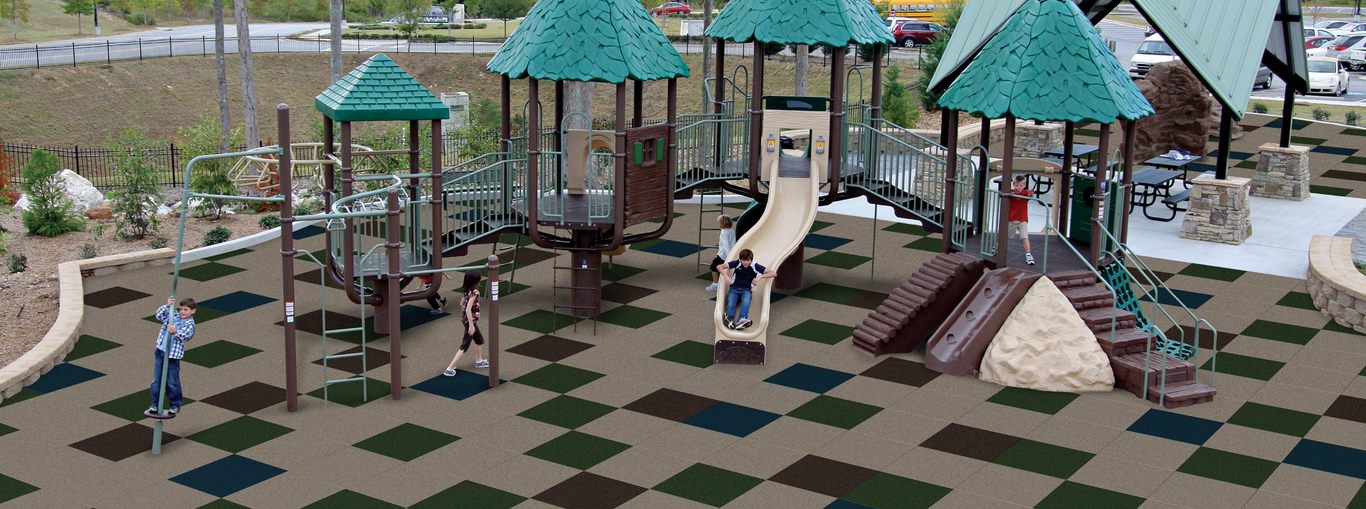More and more people are aware of the benefits that rubber surfaces offer. Their application is becoming more popular every day in different playgrounds and recreational areas. However, there are some misconceptions about rubber surfaces’ use, application, and advantages. In this article, we are going to debunk some of those myths.
Installation is a DIY project.
Currently, there are plenty of video tutorials and DIY blogs available that teach how to do just about any installation at home and in the community. And Rubber flooring is no exception. The installation of these surfaces requires appropriate glues and special tools. So for a quality installation, it is not recommended to do it yourself. Since it is a process that requires knowledge and expertise, it must be done by trained and certified professionals who also use the right tools.
Whatever the case, professional installation is needed, especially on uneven or cracked surfaces. It takes the proper skill and knowledge to ensure that the surface is free of bulges, dents, scratches, or grooves.
They contain chemicals and smell like rubber.
There is a belief that rubber contains dangerous chemicals associated with cancer; however, various investigations have shown no relationship between this disease and tires. The proportions in which elements such as cadmium, benzene, or nickel are present in tires can not affect the health of people who come into contact with them.
Regarding the smell, it cannot be denied that the surface will have a characteristic rubber smell. The power of this smell will depend on the raw material used, the size of the enclosure, and the ventilation. In the case of rubber surfaces in open spaces, the odor is not a problem since it is outdoors. The air circulation does not allow the smell to condense, and the effect dissipates faster. Still, in closed spaces, where you can feel more the intensity of the odor, it can be helped to fade more quickly by cleaning the floor with a mild soap solution. In a few weeks, the smell will be imperceptible.
It is not an ecological option.
Using recycled rubber products minimizes the carbon footprint, helping to conserve the environment. These surfaces are made primarily of recycled material, helping reduce the number of tires thrown into landfills. This situation generates methane gas emissions, which are even more potent than carbon dioxide in trapping heat, contributing to global warming.
What do you think about this topic? Do you know another myth about rubber surfacing?
Suppose you want to know more about playgrounds. In that case, you can subscribe to our newsletter and have free access to our report entitled How to finance a playground for my community?
